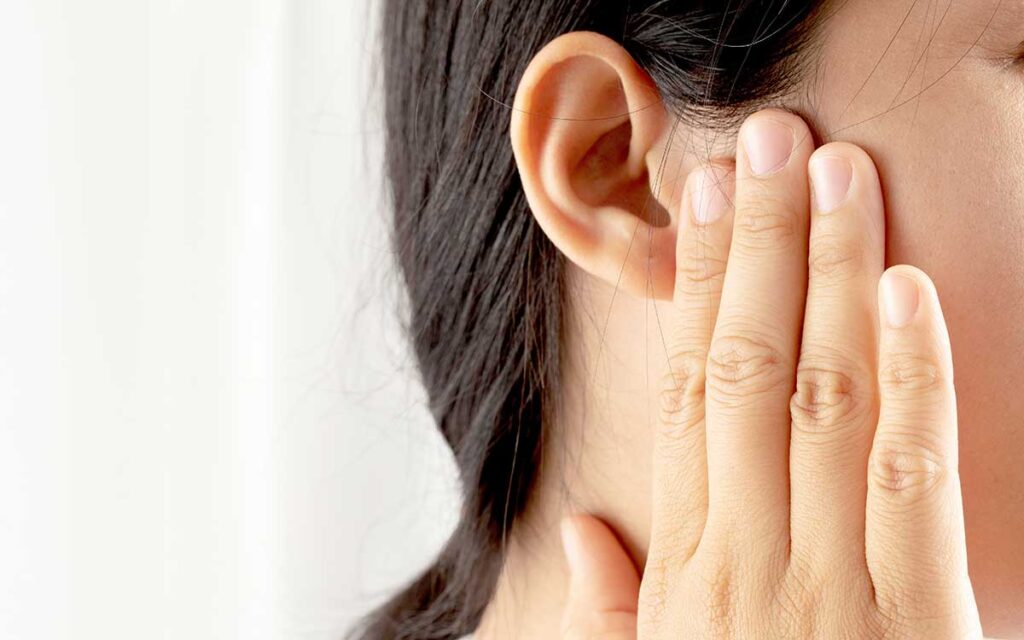
Earwax may not be the most attractive topic, but it plays an essential role in keeping your ears healthy. Unlike your teeth, feet, or other body parts that necessitate regular cleaning efforts, earwax usually takes care of itself. In fact, trying to remove it too often can do more harm than good. Earwax is not intrinsically harmful, but it might cause problems at times. These are the fundamental things to be aware of.
What Exactly Is Cerumen?
Earwax, scientifically known as cerumen, is a natural compound made by glands inside of your ear canal. Earwax, a mixture of secretions and dead skin cells, is frequently misunderstood, yet it serves a practical purpose. Its main job? Protecting your ears.
Earwax works as a barrier, trapping dust, dirt, and bacteria before they can get to your eardrum. It also helps in preserving moisture and promoting health in your ear canal to prevent dryness and discomfort. If it weren’t for this defensive system, your ears would be more susceptible to harm and illness.
Is There a Need to Clean Your Ears?
In most situations, no specific cleaning is needed. Your ears have a natural ability to remove dirt on their own. Daily activities– include chewing, talking, showering, and moving around– help push old wax to the surface, where it naturally flakes or washes away.
For the majority of people, earwax removal is not a concern that normally requires attention. But for saome people, it can accumulate and become an issue.
When Earwax Becomes an issue
While earwax is usually a friend to our bodies, there are times it can become problematic, especially if it becomes impacted (blocked or crammed too far into the ear canal).
When earwax becomes a concern: signs of a potential problem
- Cotton swabs are often utilized by individuals to clean their ears; however, this action may unintentionally push earwax further into the ear canal, causing obstructions. It’s fine to use these gently around the outer ear, but avoid inserting them into the ear canal.
- Using earbuds, hearing aids, or earplugs: These devices can stop earwax from naturally finding its way out of the ear, resulting in accumulation.
- Excessive earwax creation: A prevalent problem for some people, leading to a higher likelihood of earwax accumulation and potential impaction.
Symptoms of Earwax Accumulation: What to Look for
If earwax accumulates too much, you might experience:
- Experiencing difficulty hearing or a muted sound
- Tinnitus (ringing or buzzing in the ear)
- Discomfort or pressure in the ear
- Issues with balance or feeling lightheaded
- Ear smell or drainage
Impacted earwax may lead to an infection in certain circumstances. If you detect these symptoms, it’s time to get some help.
Leave Earwax Elimination to a Professional
It’s recommended to consult a professional if you’re coping with earwax accumulation. Your regular physician, an audiologist, or an otolaryngologist can easily and painlessly take it out at their office. Some people explore home remedies such as non-prescription ear drops or ear irrigation kits. It’s a good idea to consult with your healthcare provider before attempting these methods, especially if you have a history of ear problems, such as ear infections or previous ear surgery, or if you use hearing aids.
Seek Guidance When Unsure
Earwax is typically a good thing, but if it’s bothering you, don’t ignore it. We’re committed to assisting you in preserving ear health and preserving sharp hearing.
If you’re experiencing unusual hearing changes or suspect an earwax blockage, reach out to us to set up a consultation with one of our experts.
Sources:
How To Remove Ear Wax: A Step-By-Step Guide– Audien Hearing
Impacted Earwax|Cedars-Sinai

